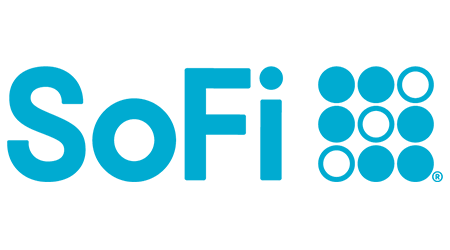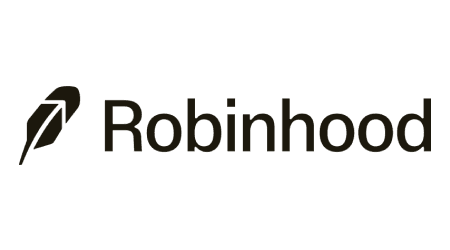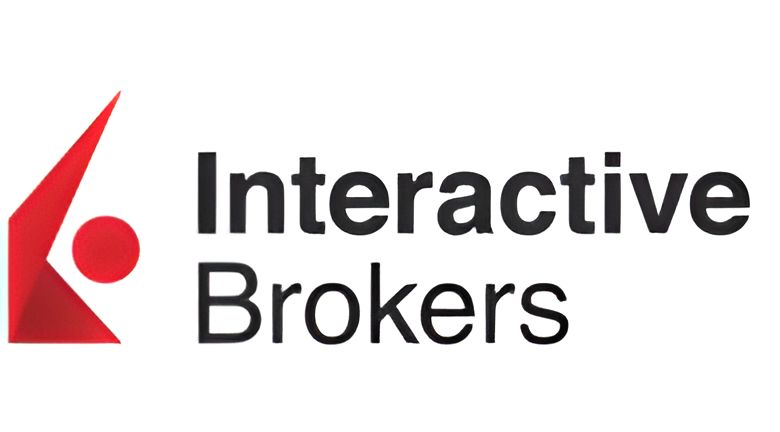
- Trade stocks, options, ETFs, mutual funds, alternative asset funds
- $0 commission on stocks, ETFs and options with no options contract fees
- Get up to $1,000 in stock when you open and fund a new account within 30 days
- Access to a financial planner
Open Lending is a credit services business based in the US. Open Lending shares (LPRO) are listed on the NASDAQ and all prices are listed in US Dollars. Its last market close was $1.34 – an increase of 4.69% over the previous week. Open Lending employs 205 staff and has a trailing 12-month revenue of around $24 million.



The Finder Score crunches 147 key metrics we collected directly from 18+ brokers and assessed each provider’s performance based on nine different categories, weighing each metric based on the expertise and insights of Finder’s investment experts. We then scored and ranked each provider to determine the best brokerage accounts.
We update our best picks as products change, disappear or emerge in the market. We also regularly review and revise our selections to ensure our best provider lists reflect the most competitive available.
Paid non-client promotion. Finder does not invest money with providers on this page. If a brand is a referral partner, we're paid when you click or tap through to, open an account with or provide your contact information to the provider. Partnerships are not a recommendation for you to invest with any one company. Learn more about how we make money.
Finder is not an advisor or brokerage service. Information on this page is for educational purposes only and not a recommendation to invest with any one company, trade specific stocks or fund specific investments. All editorial opinions are our own.
| Latest market close | $1.34 |
|---|---|
| 52-week range | $0.70 - $6.97 |
| 50-day moving average | $3.14 |
| 200-day moving average | $5.17 |
| Wall St. target price | $3.28 |
| PE ratio | N/A |
| Dividend yield | N/A |
| Earnings per share (TTM) | $-1.13 |
The technical analysis gauge below displays real-time ratings for the timeframes you select. This is not a recommendation, however. It represents a technical analysis based on the most popular technical indicators: Moving Averages, Oscillators and Pivots. Finder might not concur and takes no responsibility.
This chart is not advice or a guarantee of success. Rather, it gauges the real-time recommendations of three popular technical indicators: moving averages, oscillators and pivots. Finder is not responsible for how your stock performs.
Historical closes compared with the close of $1.24 from 2025-04-30
| 1 week (2025-04-25) | -3.13% |
|---|---|
| 1 month (2025-04-03) | 3.33% |
| 3 months (2025-02-03) | -79.74% |
| 6 months (2024-11-01) | -78.77% |
| 1 year (2024-05-03) | -75.73% |
|---|---|
| 2 years (2023-05-03) | -82.71% |
| 3 years (2022-05-03) | 14.33 |
| 5 years (2020-05-01) | 10.25 |
| Revenue TTM | $24 million |
|---|---|
| Operating margin TTM | 138% |
| Gross profit TTM | $169,000 |
| Return on assets TTM | -12.19% |
| Return on equity TTM | -95.19% |
| Profit margin | 0% |
| Book value | $0.65 |
| Market Capitalization | $153.3 million |
TTM: trailing 12 months
We're not expecting Open Lending to pay a dividend over the next 12 months.
Over the last 12 months, Open Lending's shares have ranged in value from as little as $0.7 up to $6.97. A popular way to gauge a stock's volatility is its "beta".
Beta is a measure of a share's volatility in relation to the market. The market (NASDAQ average) beta is 1, while Open Lending's is 1.57. This would suggest that Open Lending's shares are more volatile than the average for this exchange and represent, relatively-speaking, a higher risk (but potentially also market-beating returns).
Open Lending Corporation provides lending enablement and risk analytics solutions to credit unions, regional banks, finance companies, and captive finance companies of automakers in the United States. The company offers lenders protection platform (LPP), which is a cloud-based automotive lending enablement platform that provides loan analytics solutions and automated issuance of credit default insurance with third-party insurance providers. Its LPP products include loan analytics, risk-based loan pricing, risk modeling, and automated decision technology for automotive lenders. The company was founded in 2000 and is headquartered in Austin, Texas. .
Some of the best paper trading apps to practice stock trading with fake money include Interactive Brokers, eToro, Charles Schwab and more.
These are the best day trading apps, according to Finder’s comprehensive analysis.
Explore the best bonuses for opening a new brokerage account.
Some of the best stock trading apps for beginners include SoFi, Robinhood, Public, Stash, Opto and more. Compare your options here.
Want to buy and sell international stocks? Here are the top brokers to help you trade global markets.
These are the best discount brokers of 2025 according to Finder’s comprehensive review.
Compare the 7 best stock picking services, according to Finder’s analysis, and learn how to choose the best option for your needs.
Check out our picks of the best trading apps for beginners, options traders, hands-off investors and more.
Fidelity is best for its extensive tools and resources, while Robinhood is a popular choice for its simple, easy-to-use platform.
See our picks of the best brokerage accounts, including Fidelity, SoFi, Charles Schwab, Public, Robinhood and E*TRADE .